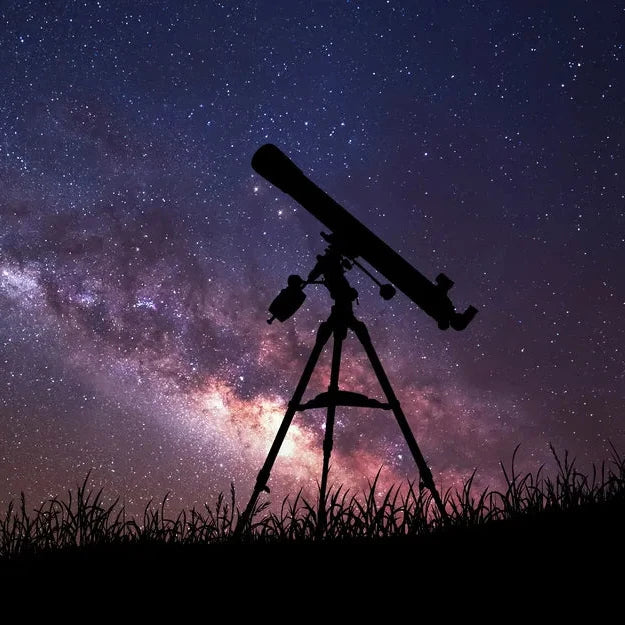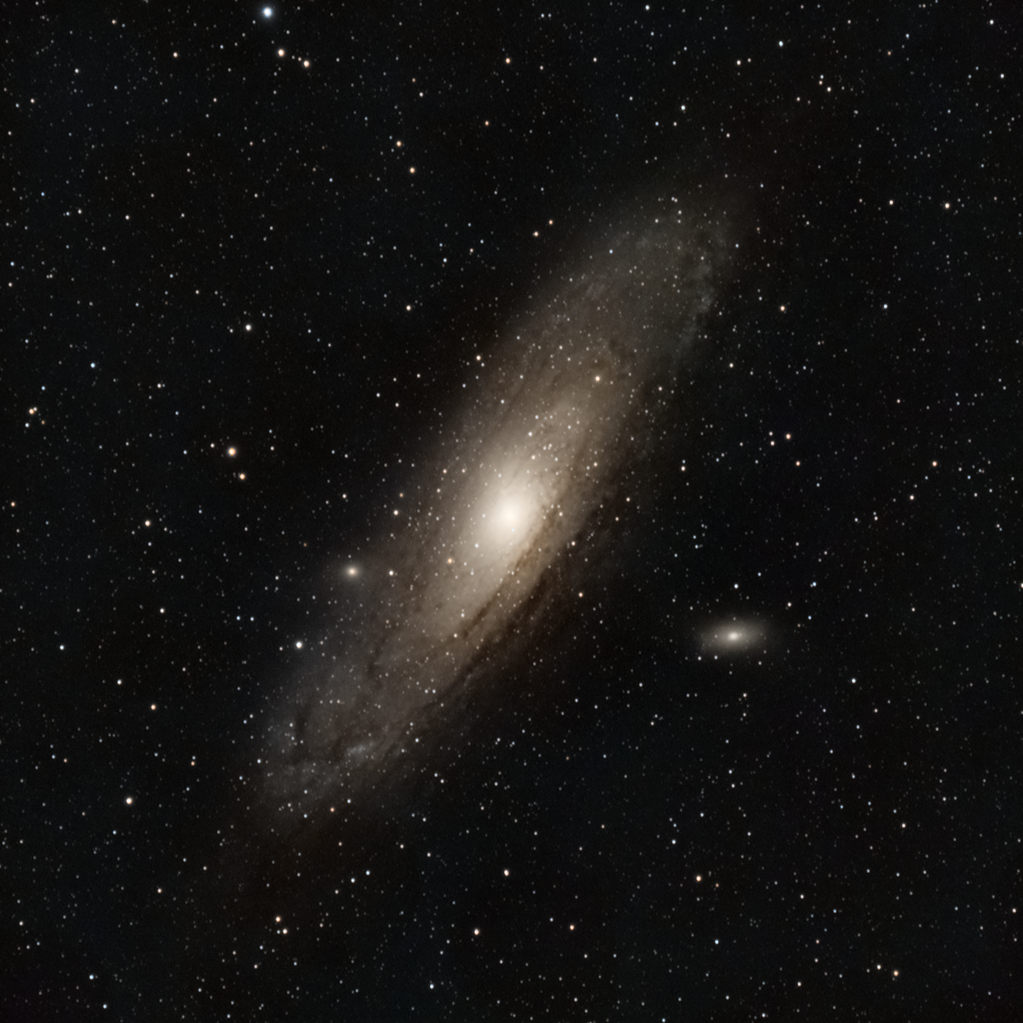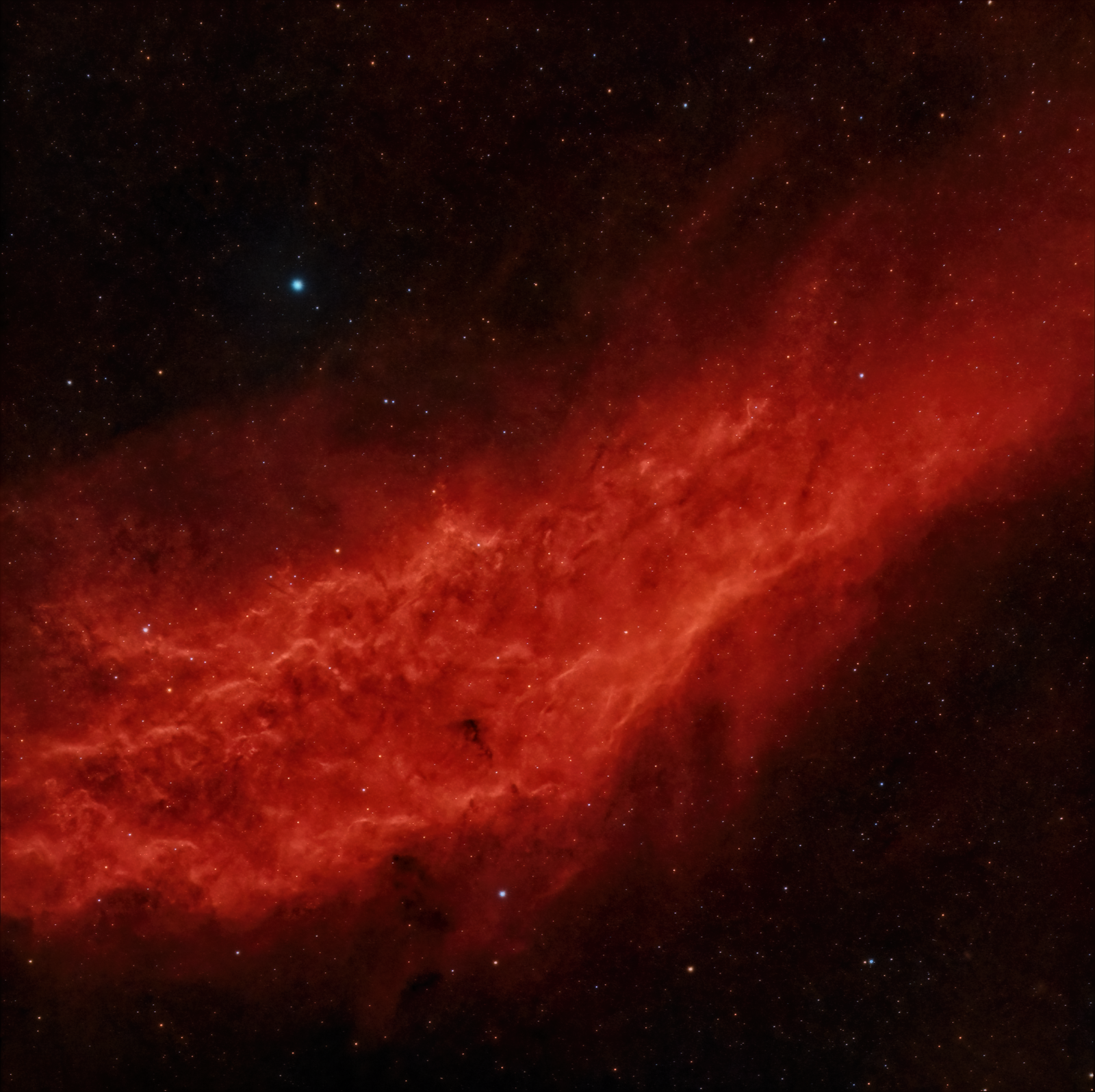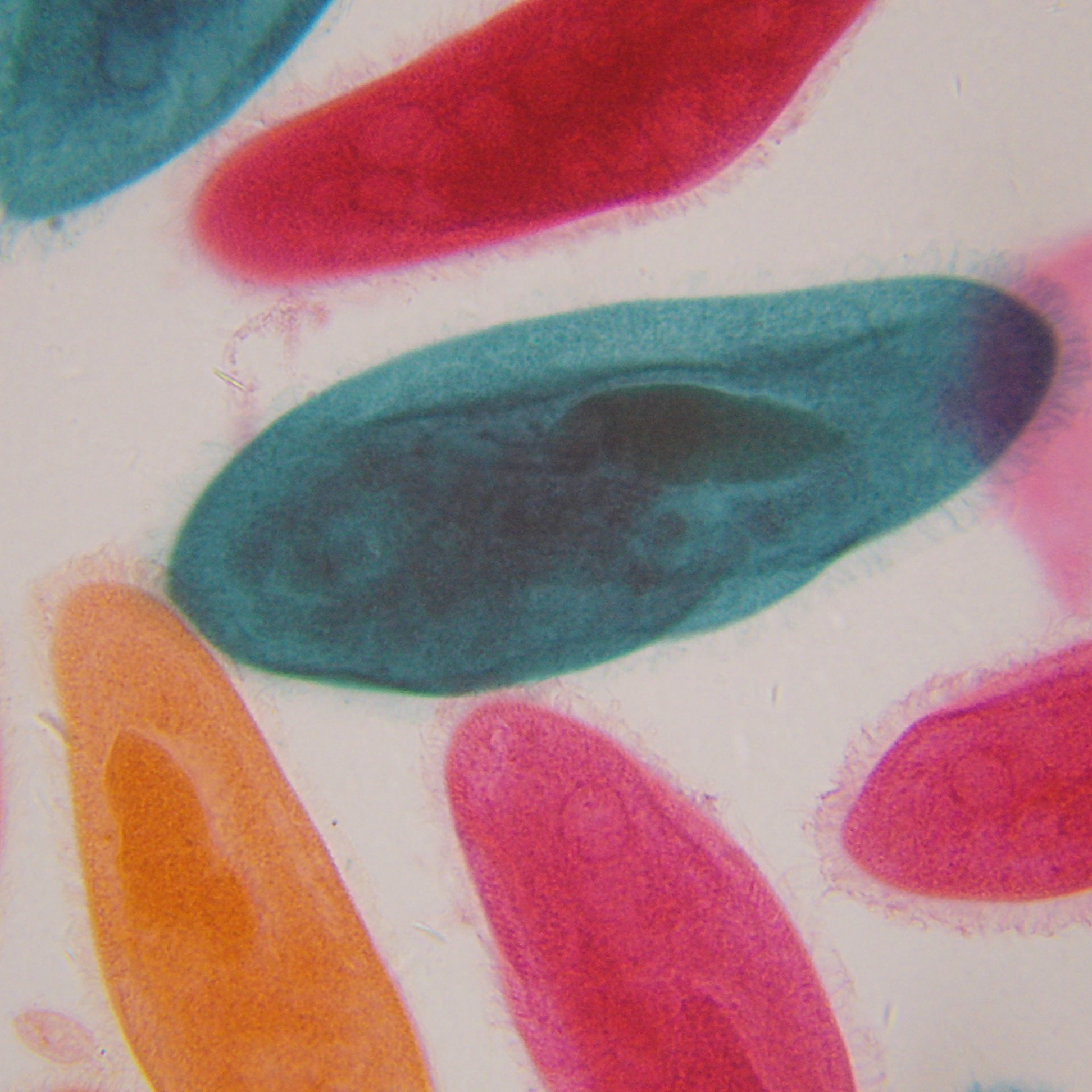火星逆行

天空中火星的逆行运动
火星以及其他程度较小的外行星有时似乎在天空中在星座之间向东移动(称为顺行),然后短暂停止向东的运动,开始向西倒退一小段时间,最后在天空中恢复其正常的向东运动。火星和天空中外行星的这种前后运动被称为逆行。逆行是由于外行星绕太阳运行的速度低于地球在其轨道上的速度。这类似于两名赛跑者在跑道上赛跑,外道上的赛跑者(绕地球以外太阳运行的火星)似乎领先,但由于内道上的赛跑者(绕太阳运行的地球在其内轨道上)的跑道较短,他能够赶上外道上的赛跑者并在跑道上超过他。如果在天空中追踪火星的运动,它可能会产生锯齿形或环形运动,具体取决于行星在黄道上方或下方的位置。
火星

火星是距太阳第四远的行星。火星绕太阳的平均距离为1.46亿英里(2.35亿公里),即1.52个天文单位(AU,1个天文单位约等于9300万英里或1.5亿公里)。火星的轨道周期为687天(1.88年),或恒星周期(天体绕恒星运行至同一点所需的轨道周期)。火星的朔望周期为780天(或2.1年),即天体相对于另一个天体返回到某一位置所需的时间,或两次冲日之间的时间。火星的直径为4221英里(6792公里,相当于地球直径的53%)。火星的自转周期为 24 小时 37 分 22.7 秒(或 1.03 天,也称为一个太阳日)。火星的轴倾角为 25.2 度,而地球的轴倾角为 23.5 度。火星表面平均气压为 600 帕斯卡 (Pa,或 0.087 PSI)。气压范围从奥林匹斯山的 30 帕斯卡 (0.0044 PSI) 到希腊平原的 1155 帕斯卡 (0.1675 PSI)。因此,火星表面主要气压为地球的 0.6%(101.3 千帕或 14.69 PSI)。火星表面重力为地球的 38%。火星大气主要由二氧化碳(96%,CO2)、氩气(1.93%,Ar)、氮气(1.89%,N2)、氧气(0.146%,O2)和水蒸气(0.021%,H2O)组成。火星有两颗卫星,火卫一(希腊语中“恐惧”)是火星内侧的土豆形卫星(平均半径为 7 英里(11 公里)),绕火星运行,平均距离火星表面 3,700 英里(6,000 公里)。它绕火星运行一周的周期为 7 小时 39 分钟,每个火星日两次从西方升起,在 4 小时 15 分钟或更短的时间内穿过火星天空,然后在东方落下。火卫二(Deimos,希腊语意为“恐怖”)是火星最外层的卫星(平均半径为6.2公里),绕火星运行,距离火星23460公里,轨道周期为30.3小时,东升西落。由于其周期比火星日(24.7小时,即1个太阳日)长,因此在火星赤道上的观测者大约需要2.5天才能看到它升起和落下。这两颗火星卫星都是由美国天文学家阿萨夫·霍尔三世(Asaph Hall, III,1829-1907)于1877年在华盛顿特区的美国海军天文台发现的(火卫二于8月12日发现,火卫一于8月18日发现)。

这是我绘制的火星经典反照率特征图。地图上标注的特征并非在任何一次火星出现/冲日时都能被观测者看到,因为这取决于火星朝向地球的半球(远日冲日时为北半球,近日冲日时为南半球),以及火星表面尘埃和云层随时间的变化。图中较暗的反照率特征通常在大多数火星出现/冲日时可见。北极帽和南极帽(NPC 和 SPC)的大小会根据该半球当前的火星季节而变化。类似运河的反照率特征是由于火星表面明暗区域之间的对比效应造成的。
下载一份免费的火星经典反照率图,供观察者在望远镜下参考。
火星沙尘暴
火星沙尘暴(以及地球表面的沙尘暴)的形成是由于火星表面被太阳辐射强烈加热,太阳辐射使火星表面升温。靠近火星表面的空气被加热,而上方则存在较冷的空气。加热和较冷的空气变得不稳定,受热的空气随后上升,将尘埃带入火星大气层,就像地球上的雷暴一样。上升的受热空气和尘埃羽流形成尘卷风(小型气旋),随着更多尘埃的加入,尘卷风不断壮大。尘卷风将它们聚结起来,在数小时到数天内形成大规模的沙尘暴。根据沙尘暴的规模,尘埃可能会在火星大气层中停留数天、数周或数月,从而遮蔽下方的地貌。插图:卡洛斯·E·埃尔南德斯©

希腊盆地沙尘暴
火星上的希腊盆地是一个巨大的撞击盆地,位于火星南半球(南纬 42.4度,东经 70.5度),宽 1,400 英里(2,300 公里),深度达 4.4 英里(23,465 英尺或 7.2 公里),是火星的最深处。希腊盆地的地表气压为 12.4 毫巴(mbar;1,240 帕斯卡 (Pa) 或 0.18 psi),是火星上最高的。希腊盆地的地表气压是火星平均地表气压(6.1 毫巴、610 Pa 或 0.09 psi)的 2 倍。理论上,在某些温度、压力和溶解盐含量条件下(但只能持续短时间),希腊盆地的地表气压可以支持液态水的存在。希腊盆地是火星沙尘暴的常见起源地。我在沙尘暴之前和期间所画的希腊盆地。

观测设备
天文学家使用优质仪器和配件所采用的工具和技术对于探测火星和其他外层天体(月球、行星和星云)表面的低对比度反照率特征至关重要。希望探测火星表面或大气层微弱细节的观测者必须事先做好准备才能成功观测。未来的火星观测者需要使用衍射极限(透镜或镜子允许 1/4 波长峰谷表面误差)、正确准直并冷却到环境温度的仪器,然后才能探测到红色星球的精细反照率特征。许多优秀的望远镜设计可用于对行星进行高分辨率观测和成像,包括折射望远镜(双合透镜(消色差)或复消色差(三合透镜))、反射望远镜(不同配置和表面形状的多个镜子)和折反射望远镜(透镜和镜子的组合)。
许多人认为,使用双合透镜(消色差透镜)或超低色散(ED)三合透镜的折射望远镜是经典的行星观测仪器。这种设计采用形状合理(达到衍射极限)、居中且带遮光板(放置在镜筒内以减少杂散光对最终图像的影响)的透镜,能够为观测者呈现最清晰、对比度最高的图像。然而,由于透镜直径超过4英寸/10.2厘米,折射望远镜的价格会变得非常昂贵,除非使用短焦距ED三合透镜,否则需要更大更重的望远镜支架来支撑它。在良好的视宁度(大气)条件下,使用4至6英寸(10-15厘米)的折射望远镜观测火星,其景象令人印象深刻,令人难忘。
 反射镜的设计多种多样,但最受欢迎的是牛顿反射镜,它是由著名的英国科学家艾萨克·牛顿爵士(1643-1727)于1668年发明的。牛顿反射镜在镜筒的一端安装了一个主抛物面镜,在另一端安装了一个小型平面副镜,副镜将反射光偏转到镜筒的侧面,以便观察物体。一个结构精良的牛顿反射镜,如果主镜和副镜的衍射极限达到极限,且副镜的直径不超过主镜直径的20%到25%,就可以提供出色的月球和行星图像。我拍摄的一些月球、行星和深空天体的最佳图像都是通过高质量的牛顿反射镜拍摄的。
反射镜的设计多种多样,但最受欢迎的是牛顿反射镜,它是由著名的英国科学家艾萨克·牛顿爵士(1643-1727)于1668年发明的。牛顿反射镜在镜筒的一端安装了一个主抛物面镜,在另一端安装了一个小型平面副镜,副镜将反射光偏转到镜筒的侧面,以便观察物体。一个结构精良的牛顿反射镜,如果主镜和副镜的衍射极限达到极限,且副镜的直径不超过主镜直径的20%到25%,就可以提供出色的月球和行星图像。我拍摄的一些月球、行星和深空天体的最佳图像都是通过高质量的牛顿反射镜拍摄的。
 折反射式反射镜利用透镜和反射镜来形成最终图像。折反射式设计的一个例子是格雷戈里·马克苏托夫-卡塞格林反射镜,由俄罗斯/苏联光学设计师兼业余天文学家德米特里·德米特里耶维奇·马克苏托夫(1896-1964)于1941年发明。一种流行的马克苏托夫-卡塞格林望远镜是格雷戈里或“点状”马克苏托夫-卡塞格林,它采用全球面,并在校正器内表面上有一个小的镀铝点作为副镜。这种设计可以“固定”副镜(通常是弱负透镜校正器内表面上的一个镀铝点),并且无需使用会产生衍射尖峰的蛛网。制造格雷戈里·马克苏托夫-卡塞格林望远镜的困难在于,随着口径的增加,所需的全孔径镜头校正器会变得又大又重,而且价格更昂贵。全孔径校正镜头还需要额外的时间才能冷却到环境温度,而根据仪器的孔径,冷却时间会相当长。由于这些限制,马克苏托夫-卡塞格林设计的口径通常不会超过 180 毫米(7 英寸)。另一种流行的折反射望远镜设计是施密特-卡塞格林望远镜,包括星特朗施密特-卡塞格林(由星特朗太平洋公司的 Thomas “Tom” J. Johnson (1923-2012) 于 1970 年开发)和米德施密特-卡塞格林(由 John C. Diebel 于 1972 年开发)。施密特-卡塞格林反射镜是一种非常流行的仪器,世界各地的业余天文学家都用它来观测和拍摄月球、行星和深空天体。行星业余天文学家使用的任何望远镜都必须具备衍射极限、准直性能,并且能够达到观测地点的环境温度。
折反射式反射镜利用透镜和反射镜来形成最终图像。折反射式设计的一个例子是格雷戈里·马克苏托夫-卡塞格林反射镜,由俄罗斯/苏联光学设计师兼业余天文学家德米特里·德米特里耶维奇·马克苏托夫(1896-1964)于1941年发明。一种流行的马克苏托夫-卡塞格林望远镜是格雷戈里或“点状”马克苏托夫-卡塞格林,它采用全球面,并在校正器内表面上有一个小的镀铝点作为副镜。这种设计可以“固定”副镜(通常是弱负透镜校正器内表面上的一个镀铝点),并且无需使用会产生衍射尖峰的蛛网。制造格雷戈里·马克苏托夫-卡塞格林望远镜的困难在于,随着口径的增加,所需的全孔径镜头校正器会变得又大又重,而且价格更昂贵。全孔径校正镜头还需要额外的时间才能冷却到环境温度,而根据仪器的孔径,冷却时间会相当长。由于这些限制,马克苏托夫-卡塞格林设计的口径通常不会超过 180 毫米(7 英寸)。另一种流行的折反射望远镜设计是施密特-卡塞格林望远镜,包括星特朗施密特-卡塞格林(由星特朗太平洋公司的 Thomas “Tom” J. Johnson (1923-2012) 于 1970 年开发)和米德施密特-卡塞格林(由 John C. Diebel 于 1972 年开发)。施密特-卡塞格林反射镜是一种非常流行的仪器,世界各地的业余天文学家都用它来观测和拍摄月球、行星和深空天体。行星业余天文学家使用的任何望远镜都必须具备衍射极限、准直性能,并且能够达到观测地点的环境温度。

观察行星的目镜





关于作者:
 几十年来, 卡洛斯·埃尔南德斯大使将他的行星观测结果贡献给了世界各地的组织,包括月球和行星观测者协会(ALPO,美国)、英国天文学协会(BAA,英国)、东方天文学协会(OAA,日本)以及许多其他优秀的行星业余天文学家团体。
几十年来, 卡洛斯·埃尔南德斯大使将他的行星观测结果贡献给了世界各地的组织,包括月球和行星观测者协会(ALPO,美国)、英国天文学协会(BAA,英国)、东方天文学协会(OAA,日本)以及许多其他优秀的行星业余天文学家团体。






